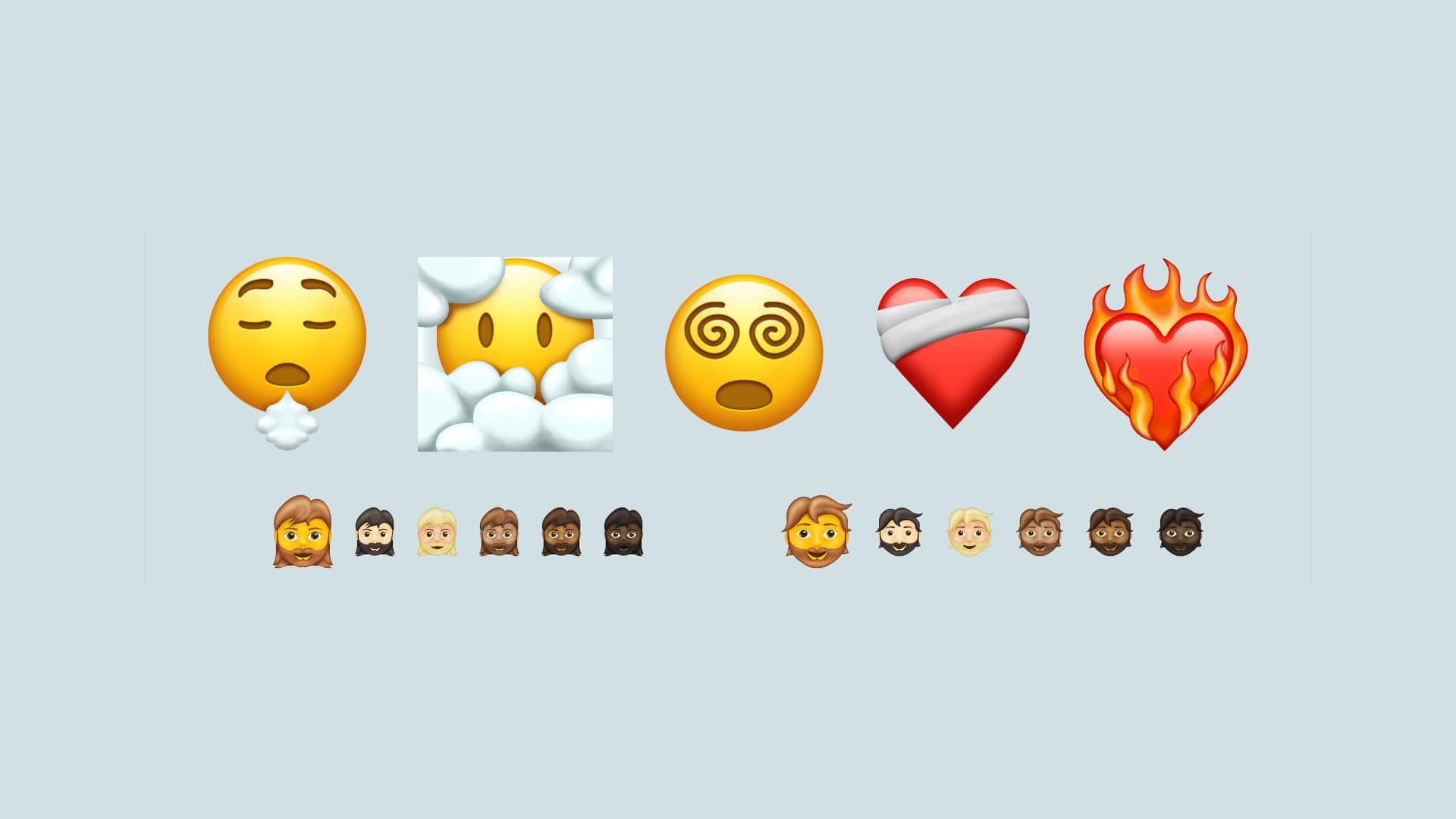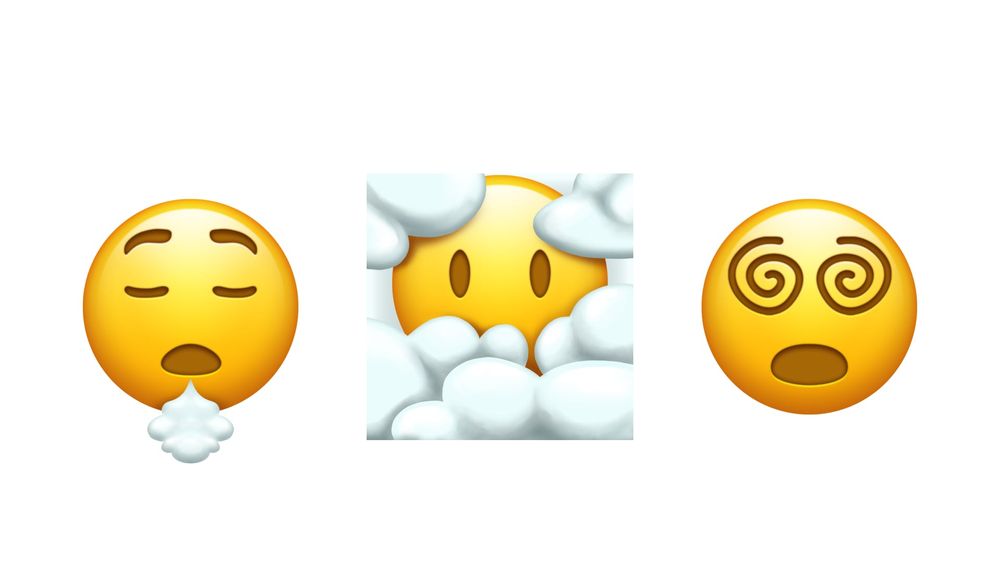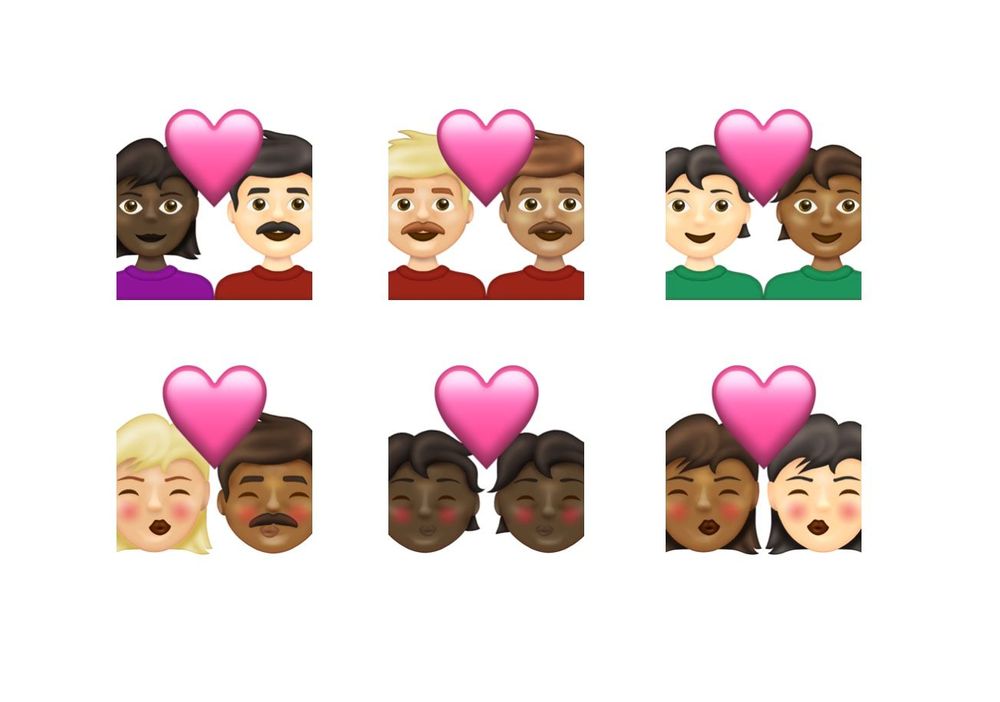Emoji and marketing, mixed data on usefulness and engagement
Loved or hated, certainly used and impossible not to notice: the number of emojis is constantly growing – 217 are expected for 2021, as we will see! – and now these smiley faces replace almost entirely moods, concepts and expressions, so much so that they become a means to which brands increasingly refer to increase visualizations and engagement of the public with their marketing campaigns. But do emojis really work? Here is what some studies reveal.
Characteristics of emojis for communication and marketing
A universal language, globally recognizable at all latitudes, fast, simple and informal: the iconography of emojis is constantly evolving and is imposing itself as a practical communication method and available to all.
Just read a few numbers: according to the latest statistics, they are used by 92 percent of all internet users and only on Facebook Messenger users send almost a billion emojis without adding text. For the record, the most successful smiley face is Face with Tears of Joy, present in 10 percent of all online messages (as estimated by Unicode), as well as the most widely used ever on Twitter and also chosen as word of the year by the Oxford Dictionary in 2015.
The advantages of smileys
If the motivations of use of emoticons within informal conversations are easy to understand, perhaps the advantages of this means of marketing communication are less immediate. In fact, there are many theoretical studies that indicate how emojis can give benefits to the brand, primarily generating empathy and engagement.
In particular, according to a team of Australian neuroscientists, the symbolic language of emojis generates more empathy than the naked word, and can serve to achieve communicative and persuasive goals. In practical terms, the use of smileys can make communication faster and more friendly, especially in customer care: an operator who talks with emojis appears more friendly and competent, and is often able to summarize a concept with a single image effectively and quickly.
Emojis can therefore humanize the brand, and – if well used – improve engagement, especially on social media: inserting smileys in a Facebook post can increase the number of likes by 57 percent and 33 percent the number of comments and shares.
Emoji and email marketing, a complicated relationship
However, adding emojis to marketing does not always pay off, as revealed by a recent study presented by Shelley Walsh on Search Engine Journal, performed by testing nearly 4 million emails that had an object with emoji and without, where surprising indications emerge about opening rates, click percentages and enrolment cancellations.
The success of email marketing is measured first by assessing the opening rate and, second, the percentage of clicks, and the subject line plays a central role in this because – like the headline – it must immediately attract attention and stimulate the reader to act, even before the content of the mail begins to convey its message.
In summary, Walsh’s analysis revealed that emoji communications in the subject lines show a slightly lower opening rate than those in which emoticons are not present; regardless of the opening rate, emoji emails, however, have a higher click rate, but users are more likely to unsubscribe and report abuse for emails that contain emoji in the subject.
Drawing attention is not enough
According to the author, emojis in marketing enjoy a preconception: they attract attention by capturing the reader’s gaze on the line of the object and positively predispose it to the opening.
This is not entirely true, because there is little evidence to support such claims, but even the mere fact that a message stands out and attracts attention does not automatically translate into a click. In fact, an emoji might attract attention for the wrong reason, and even if the reader opens the email, it doesn’t mean that it wants to connect with the content, because it could simply search for the unsubscribe button or report an abuse.
It is therefore necessary to study the feeling produced by communication and smileys.
Understanding the context and feeling
In this regard, the article reports the results of another survey carried out by Nielsen research experts on a variety of emails submitted to a sample of readers, asked to select from a list of reaction words that best described the email.
Curiously, the adjectives boring and dull have been selected much more to describe the emails that included an emoji in the subject line, a result that seems to go against that preconception of which we said.
Also – and more importantly – emails without emojis were considered to have more value.
Therefore, it is not only important to attract attention, because in this area and in general brand communication has a crucial weight also the perception of authority, and the use of emojis could diminish the perception of competence and thus undermine the sharing of information.
The results of the study on emojis in email marketing
In conclusion, the Shelley Walsh’s test did not give definitive answers, because there are only minimal percentage differences on opening rates in the individual campaigns, but still offers us some useful indications.
- Emails with emojis in the subject field show a slightly lower opening rate and emoji-free messages are preferred.
- Regardless of the open rate, emoji emails have a higher click rate.
- Users unsubscribe more and report more abuses for emails that contain emojis in the subject line.
- The most favorable position to use emojis is at the end of the object line.
- Emojis could create negative feelings towards a brand.
Do not mess up communication and target
What is written is an invitation to remember a fundamental aspect: having become a real language, there are precise rules of use for emojis and, therefore, also possible errors that result from wrong evaluations.
What counts, first of all, is to analyze in the best possible way the target audience and the personality of the brand that communicates, to avoid outputs perceived as out-of-tone.
Moreover, it would always be better not to exceed in the use, and maybe select only some smileys that can be representative of the brand, to be used frequently (and with care) in corporate communication. In practical terms, for e-mails, emojis should be placed at the end of the subject line, the position that gave the best results in the tests.
Even more important is to choose the right emoji for the context and the message, without making the messages cryptic and practically impossible to understand for the user, as well as pay attention to the meaning of the emojis used, thus avoiding ambiguous or real fail messages.
New emojis in 2021
The choice of the right emoji is certainly made more difficult by the vastness of the catalogue: currently there are over 2000 smileys officially recognized, and the Unicode consortium has already approved 217 new emojis that will be available in 2021 globally, both on mobile platforms like Android and iPhone as well as on computer software and other devices.
To be precise, there will be five real new emojis, plus two new varieties of hearts and, to complete, lots of color variations to make more universal smileys already listed – for instance, new shades of complexion or more inclusive shades for various genders.
The smiley faces introduced are three: the face exhaling – a face that emits a cloud of sigh, which can indicate relief, tiredness or exasperation; face in clouds – a face that peeps through the clouds (or smoke), which represents a nebulous or confused state of mind, but also a calm bliss; face with spiral eyes – a face, indeed, with spiral eyes that expresses confusion, disorientation or a state of hypnosis.
Then come two more anthropomorphic emojis, the bearded man and the bearded woman (with relative variations of incarnate and gender), and as we said two other heart-shaped symbols: that blindfolded – for those who are recovering from a delusion of love – and the one in flames – to manifest an intense emotional state of mind. The remaining novelties relate entirely to combinations of gender and complexion tones to symbolize couples with the heart and those who send kisses, now much more inclusive.







